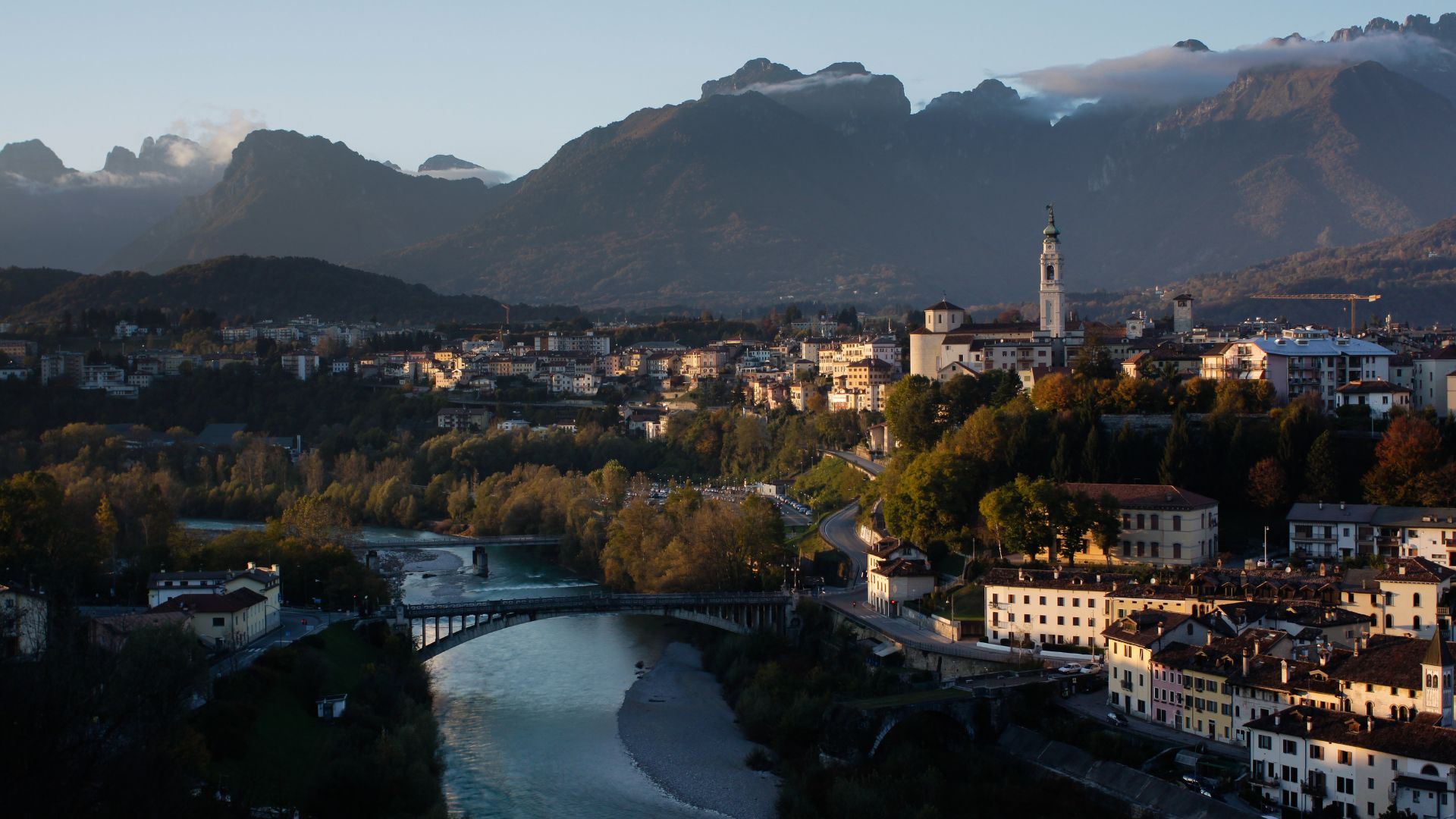Battistero
Built in 1516 on the foundations of a previous church dedicated to S. Martino. After the old Baptistery was knocked down in 1555, it took over the name and role…

Built in 1516 on the foundations of a previous church dedicated to S. Martino. After the old Baptistery was knocked down in 1555, it took over the name and role…
The Loggia, built between 1471 and 1473, was the site of historical events, including the visit of Maximilian of Habsburg in 1509. It is located in Piazza delle Erbe. On
The square of Belluno, a garden in the city center, the living room enclosed by an arch of buildings from the most important Belluno families. Piazza dei Martiri is the
The cloister of the Servites, near the Church of Santo Stefano, is part of the red route “Dolomites” in the historical center of Belluno. Built starting in 1463, probably by
Civic library – city cultural center The complex is a sixteenth-century noble building that was designed by Niccolò Crepadoni uniting a series of pre-existening buildings, of which the turret perhaps
The building in Piazza Duomo today houses the Post Office of Belluno, featuring a sober exterior and interiors rich in stuccos and sculptures. The palace, built between 1936 and 1938,
The tower at the corner ofthe city wall that, from its original medioeval name of Dollone or “Dojon” has given its name to the entire fortified complex and also to…
The museum of Borgo Piave The Gianluigi Secco’s Dolomite Masks Museum is located inside the fifteenth-century Palazzo Secco, which reflects all the characteristics of the Venetian palaces. Inhabited by the Secco family
The Dante Gate, inaugurated on May 15, 1865, celebrates the poet as a symbol of the Unity of Italy, overlooking the city center. The Gate was inaugurated in its current
The State Archive is located in one of the most beautiful buildings in the city center. The building was for centuries the seat of the “School” (lay brotherhood) of the